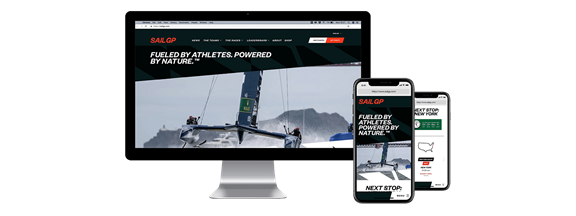We asked our Creative Tech Director Kevin Mar-Molinero about the advantages of headless CMS and whether it’s the right option for your organisation. Here’s what we learned.
In the old days (well, only a few years ago) the world was simpler. You had a website. You had content. Your content management system (CMS) was only required to deliver that content to your website.
A proliferation of devices and technologies has now made that simple equation rather more difficult for marketers. Desktop, mobile, voice enabled channels, chatbots and messaging are all in the mix now.
So how do we serve the right content to the right person, at the right time, regardless of device?
To tackle this issue we’re now seeing an alternative to the traditional CMS known as ‘headless’.


